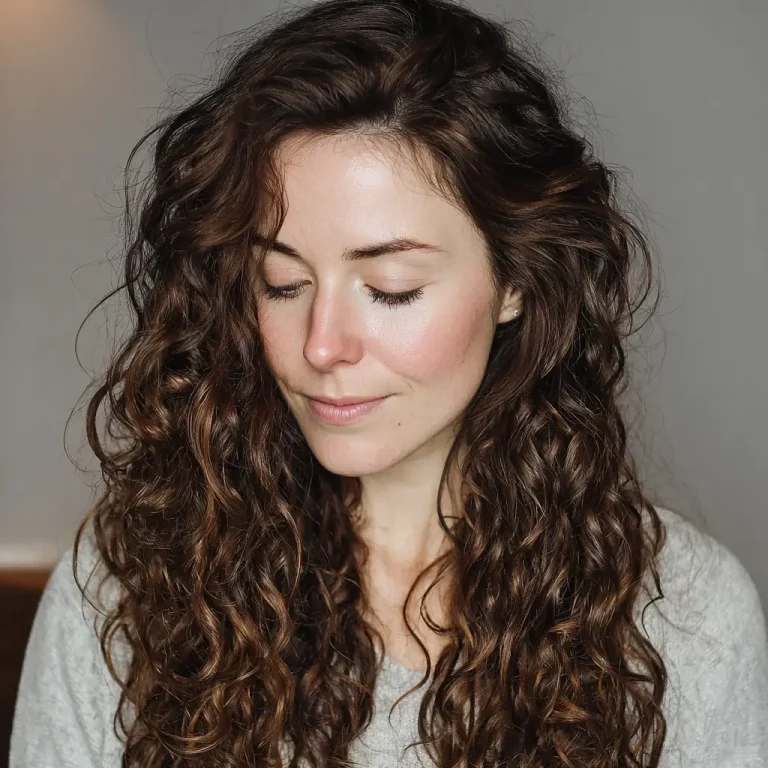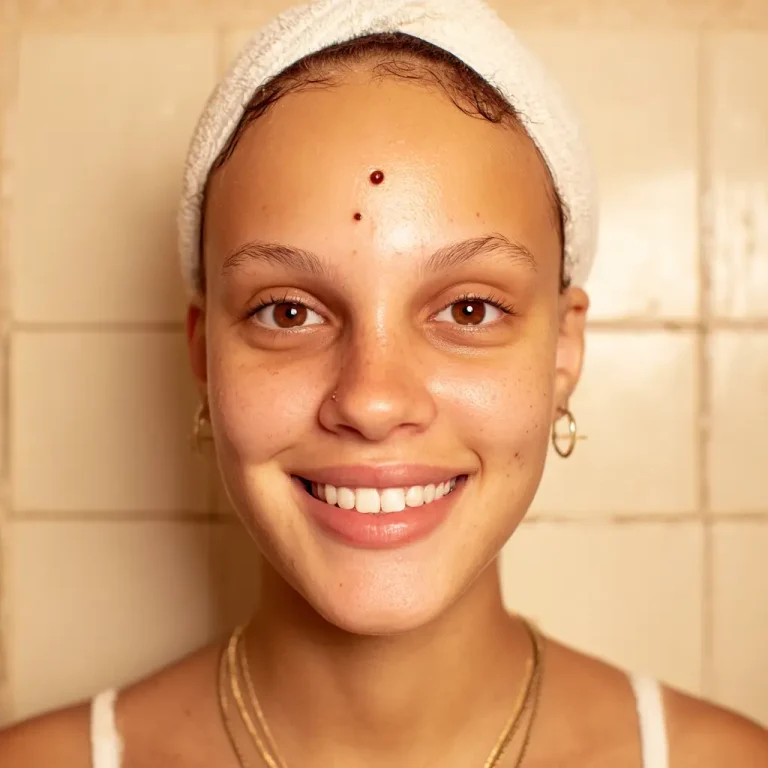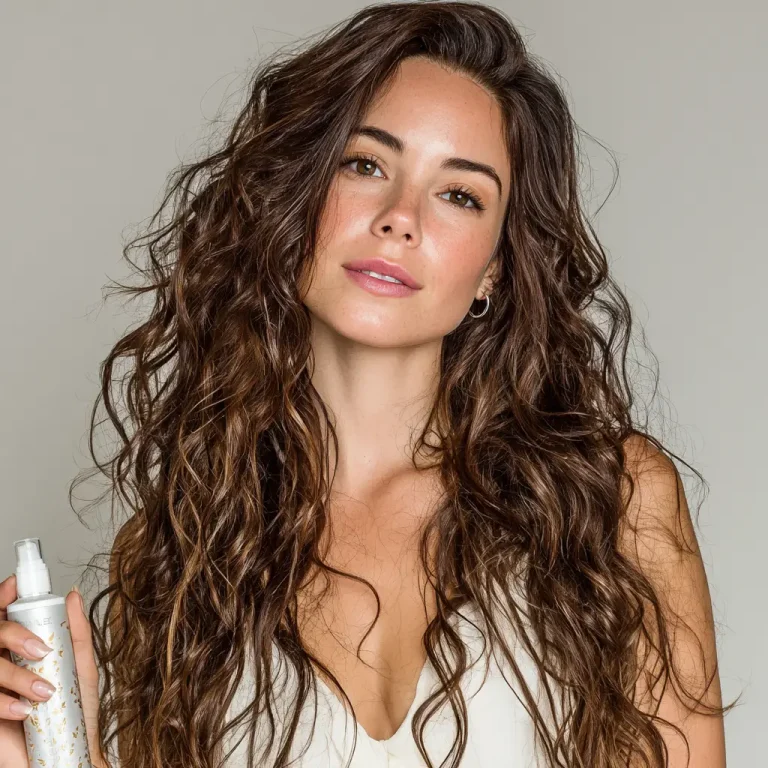20 Hair Care Routine for Healthy and Beautiful Hair
Taking care of your hair is not just about applying products—it’s about building a consistent routine that nourishes your scalp, strengthens your strands, and protects them from everyday damage. Our hair is exposed daily to pollution, heat, styling tools, and even stress, so maintaining a thoughtful routine ensures it stays strong and shiny. Below are 20 detailed steps that can help you create a balanced and effective hair care routine.
1. Know your hair type
Every person’s hair is unique, and knowing whether your hair is oily, dry, curly, straight, or a combination helps you choose the right products. For example, curly hair usually needs more hydration, while fine straight hair may require lightweight formulas. Understanding your hair type also helps in identifying the right frequency of washing and the styling techniques that won’t cause long-term damage.

2. Use a mild shampoo
The shampoo you use can make or break your routine. Harsh shampoos containing sulfates can strip away essential natural oils, leaving your scalp dry and irritated. Opting for a mild shampoo with natural ingredients like aloe vera, tea tree, or chamomile will cleanse effectively without over-drying. A good shampoo should refresh your scalp, maintain its natural pH, and prepare your hair for the next steps in your routine.
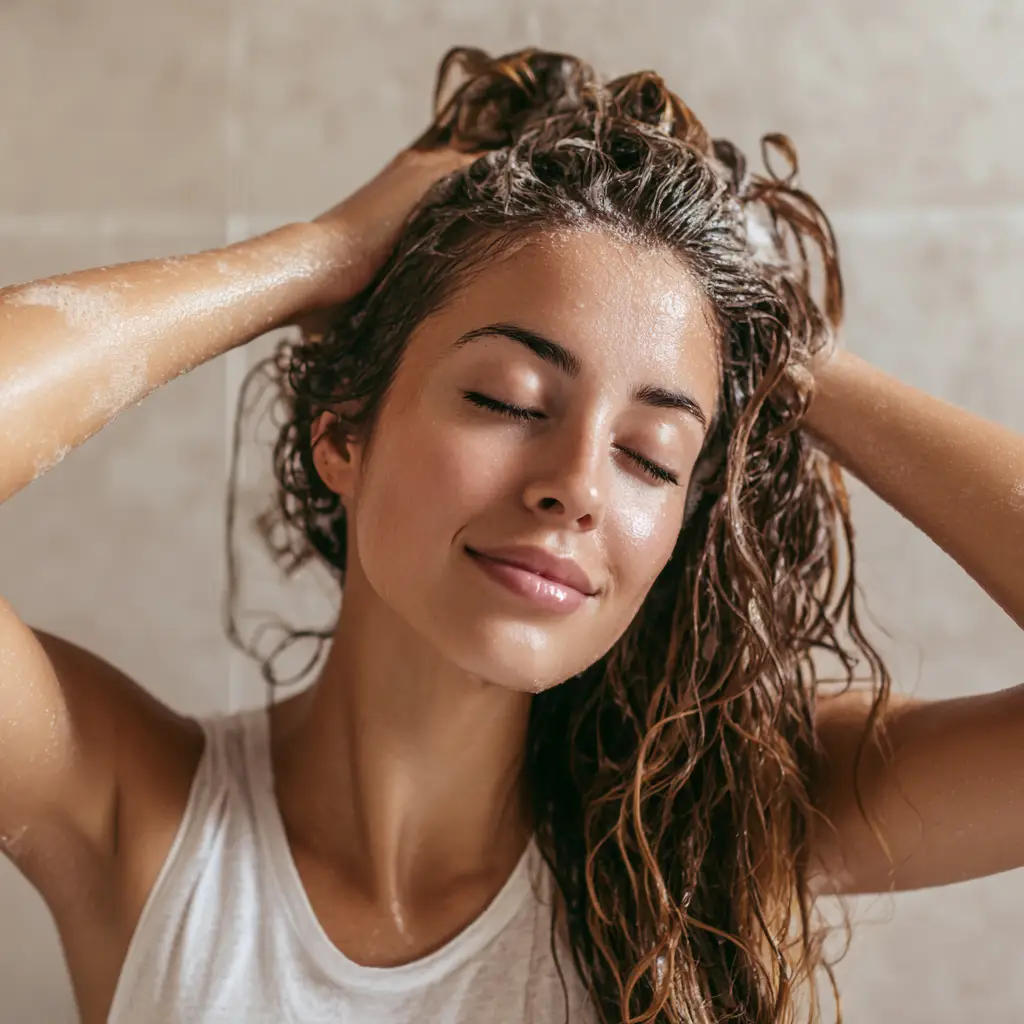
3. Condition regularly
Conditioner is like food for your hair. It restores moisture lost during washing and smooths the cuticles, making your strands softer and shinier. Always apply conditioner from mid-length to the ends, as the scalp naturally produces oils. For extra care, you can leave it on for 2–3 minutes before rinsing to let your hair soak up the nutrients. Skipping conditioner can often lead to dryness, frizz, and tangling.

4. Avoid over-washing
Washing your hair every day may feel refreshing, but it can strip your scalp of its natural oils, leading to dryness or even stimulating more oil production as compensation. The sweet spot for most people is 2–3 washes per week, though this depends on lifestyle and climate. For example, if you sweat a lot or live in a polluted city, you may need slightly more frequent washes, but still not daily.
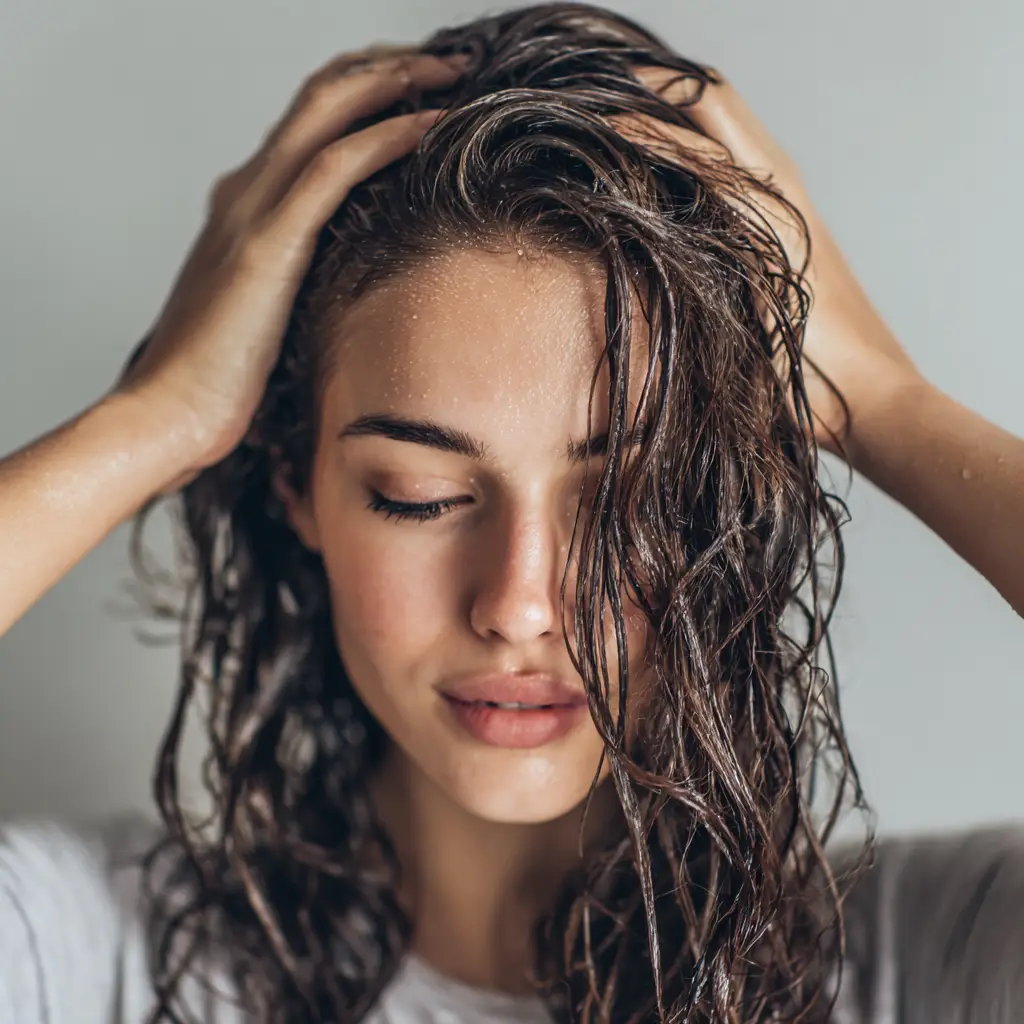
5. Oil your hair weekly
Oiling is an age-old tradition that continues to prove its worth. Massaging natural oils like coconut, almond, olive, or argan into your scalp not only nourishes the hair roots but also improves blood circulation, promoting growth. Oiling also acts as a protective barrier against pollution and dryness. Leaving oil overnight or at least for an hour before washing can transform dull strands into soft and shiny hair.

6. Use lukewarm water
Hot showers may feel relaxing, but they can strip hair of its natural moisture and make it brittle. Lukewarm water is gentler and still helps cleanse effectively. A final rinse with cool water closes the cuticles, giving your hair a smoother, shinier finish. This small habit makes a big difference in preventing long-term dryness and frizz.
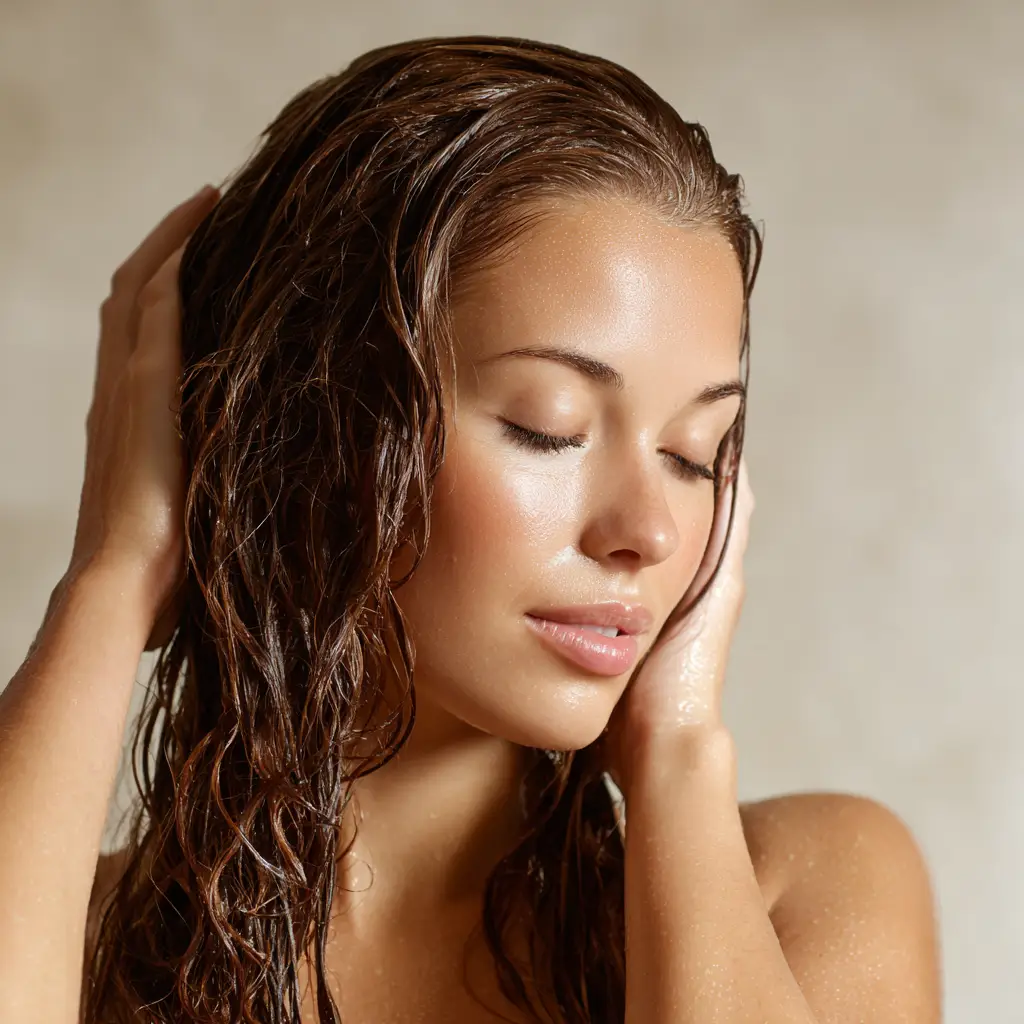
7. Don’t brush wet hair
Wet hair is fragile and more elastic, which means brushing it can lead to breakage and split ends. Instead, gently detangle with a wide-tooth comb or your fingers while your hair is damp. For extra protection, you can apply a leave-in conditioner or detangling spray. This keeps your strands safe and reduces unnecessary stress on your scalp.
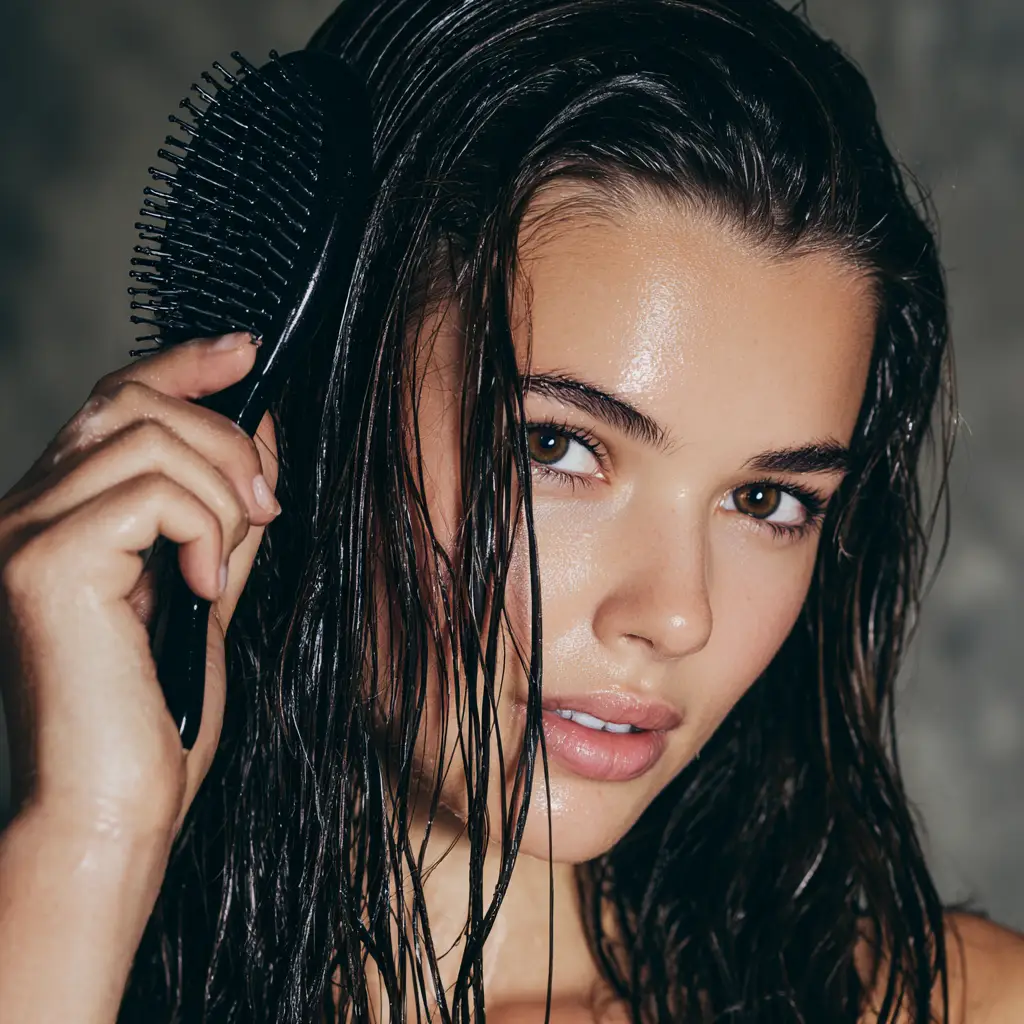
8. Protect from sun damage
Just like your skin, your hair is also affected by UV rays, which can cause dryness, color fading, and weakness. Wearing a scarf, hat, or cap when going outdoors shields your strands from direct exposure. You can also use UV-protectant sprays or serums, especially if you spend long hours under the sun. Sun protection is often overlooked but is crucial for maintaining healthy hair.
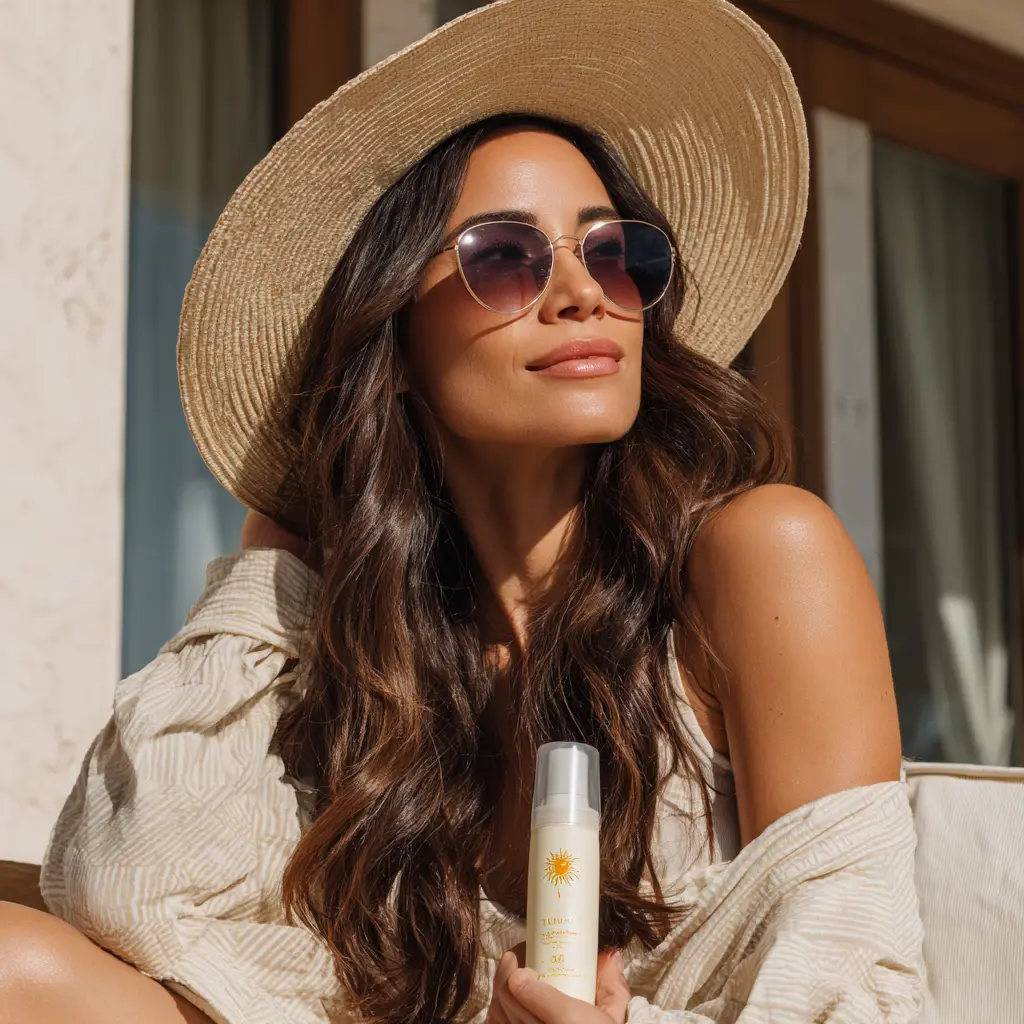
9. Trim regularly
Split ends are inevitable, and if not removed, they can travel up the strand, causing more damage. Trimming your hair every 6–8 weeks ensures healthier growth and maintains the overall look of your hairstyle. Even if you’re growing out your hair, trimming keeps it strong and helps it look neat, rather than dry and frizzy at the ends.
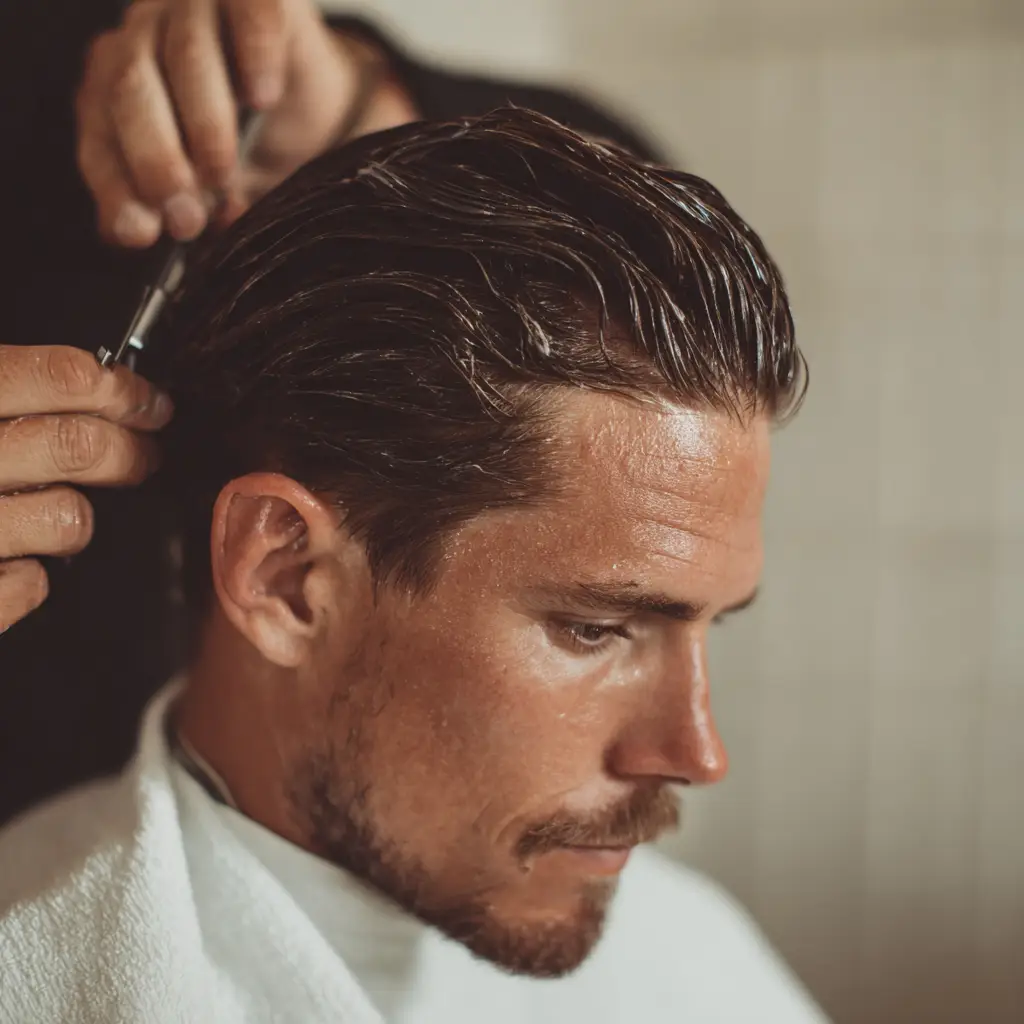
10. Avoid excessive heat styling
Blow dryers, straighteners, and curling irons might make hair look amazing temporarily, but frequent use weakens strands and makes them prone to breakage. If you do use heat, always apply a heat protectant spray to minimize damage. Try to limit heat styling to special occasions, and embrace your natural texture on regular days. Air drying is one of the best ways to maintain healthy hair.
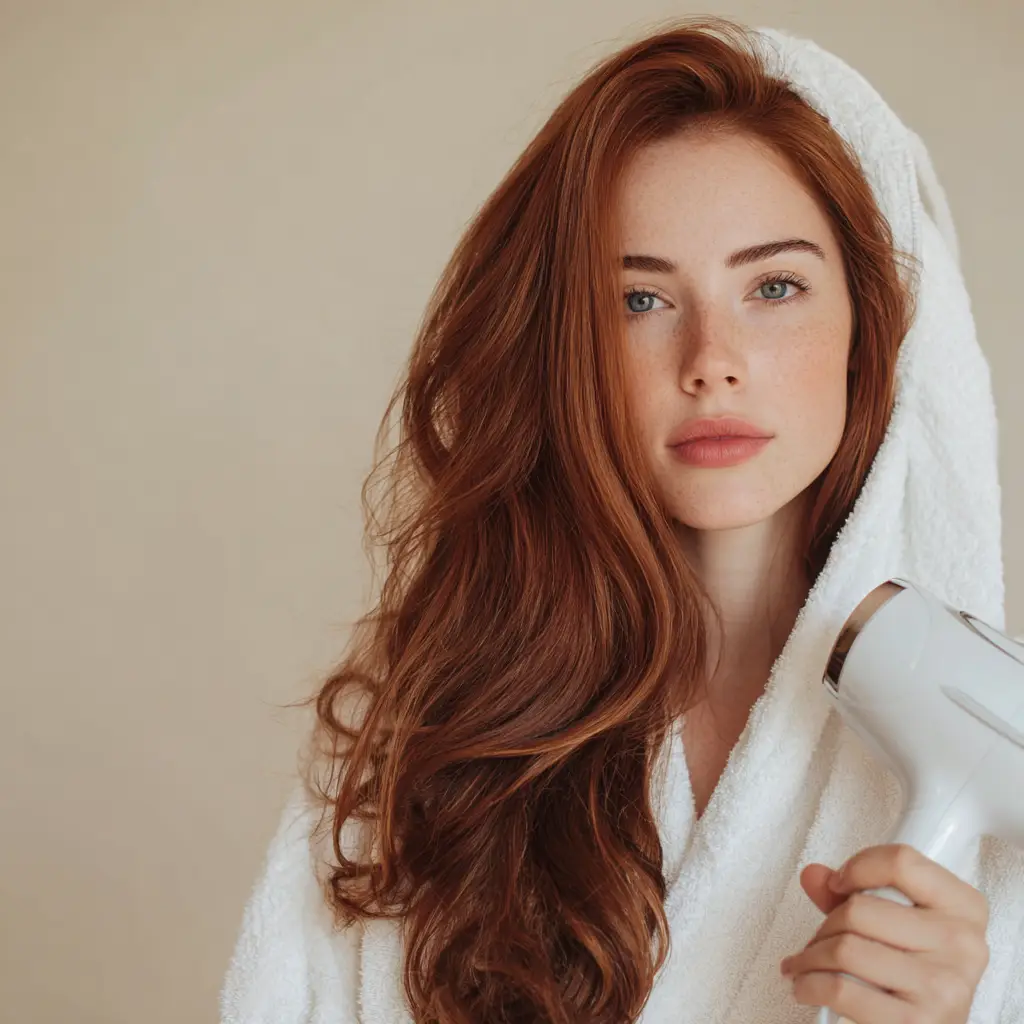
11. Stay hydrated
Water is a natural moisturizer for your entire body, including your hair. Dehydration can make hair look dull, brittle, and lifeless. Aim to drink at least 8 glasses of water daily. Herbal teas and water-rich fruits like cucumbers, watermelon, and oranges can also contribute to keeping your hair hydrated from within.
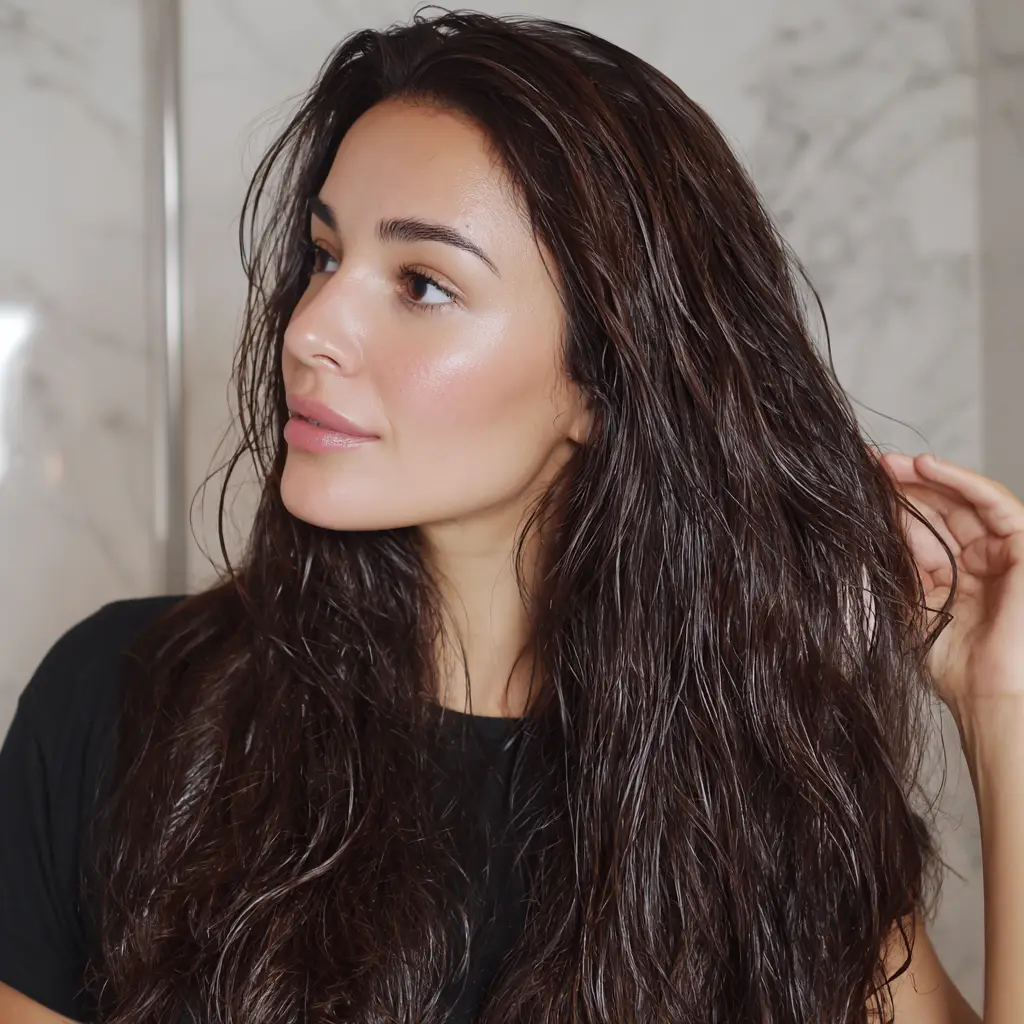
12. Eat a balanced diet
Your diet directly impacts your hair health. Hair is primarily made of protein, so foods rich in protein like eggs, fish, and legumes are essential. Omega-3 fatty acids found in salmon and flaxseeds support scalp health, while vitamins A, C, D, and E, along with biotin and iron, encourage growth and strength. A poor diet, on the other hand, can result in hair loss and dullness.

13. Massage your scalp
A few minutes of scalp massage daily stimulates blood flow, encouraging hair growth and relaxation. It can be done with your fingertips or combined with nourishing oils for even better results. Regular scalp massages also reduce tension and can improve sleep, which indirectly benefits your overall hair health.

14. Avoid tight hairstyles
Pulling your hair into tight ponytails, braids, or buns puts constant stress on the roots and may lead to traction alopecia, a type of hair loss. While it’s okay to wear these styles occasionally, try to keep your everyday hairstyles loose. Soft scrunchies or fabric ties are better than rubber bands that tug and break hair.

15. Use silk pillowcases
Your pillowcase may be damaging your hair without you realizing it. Cotton absorbs moisture and causes friction, leading to frizz and tangles. Silk or satin pillowcases, on the other hand, allow hair to glide smoothly and retain moisture. They also help reduce split ends and preserve hairstyles overnight.
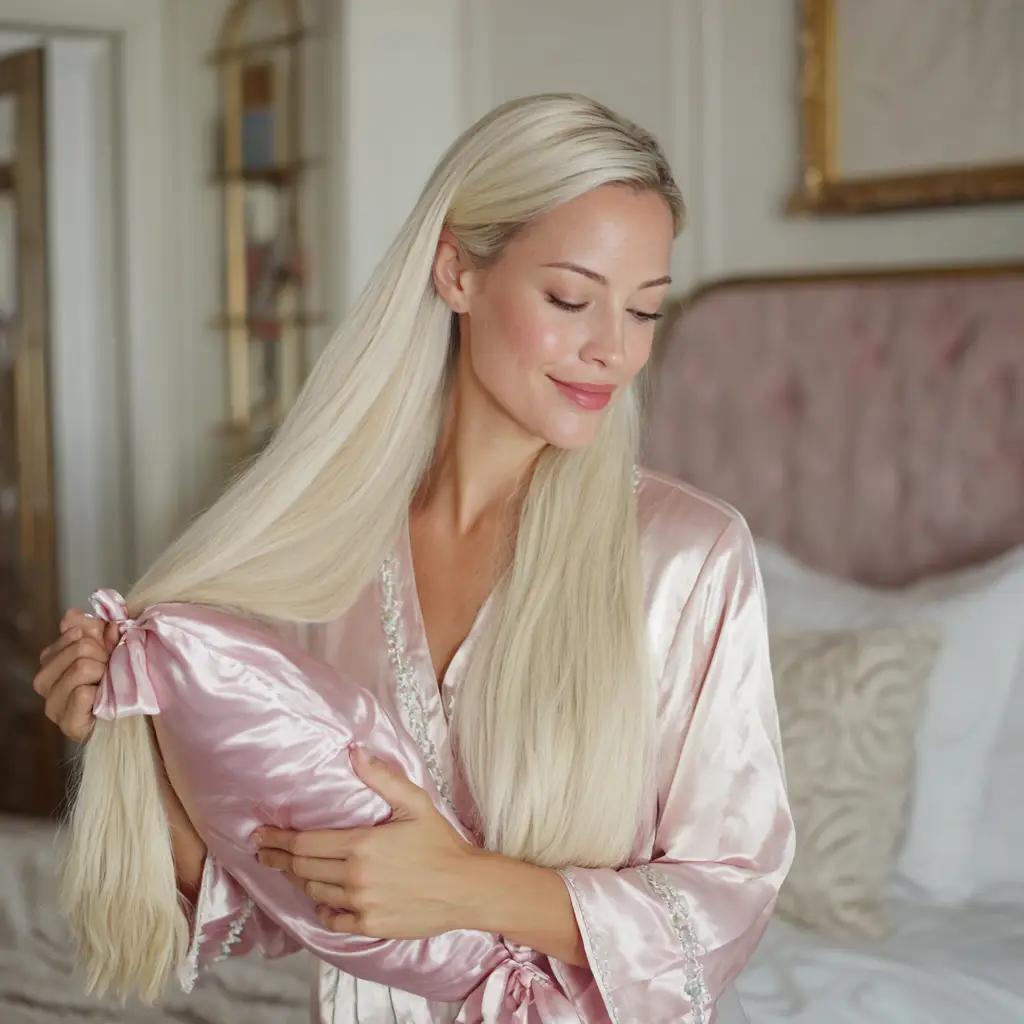
16. Apply a hair mask weekly
A hair mask is like deep therapy for your strands. Unlike regular conditioners, masks penetrate deeper to repair and strengthen. You can use store-bought masks or try natural DIY versions with ingredients like yogurt, honey, banana, or aloe vera. A weekly mask can restore shine, repair damage, and give your hair a silky, nourished texture.

17. Be patient and consistent
Hair care is not a one-time fix but a long-term commitment. Results may take weeks or even months to show, depending on your hair’s current condition. Staying consistent with small habits like trimming, oiling, and proper washing will eventually reward you with strong, healthy, and beautiful hair. Patience is key—don’t give up too soon.
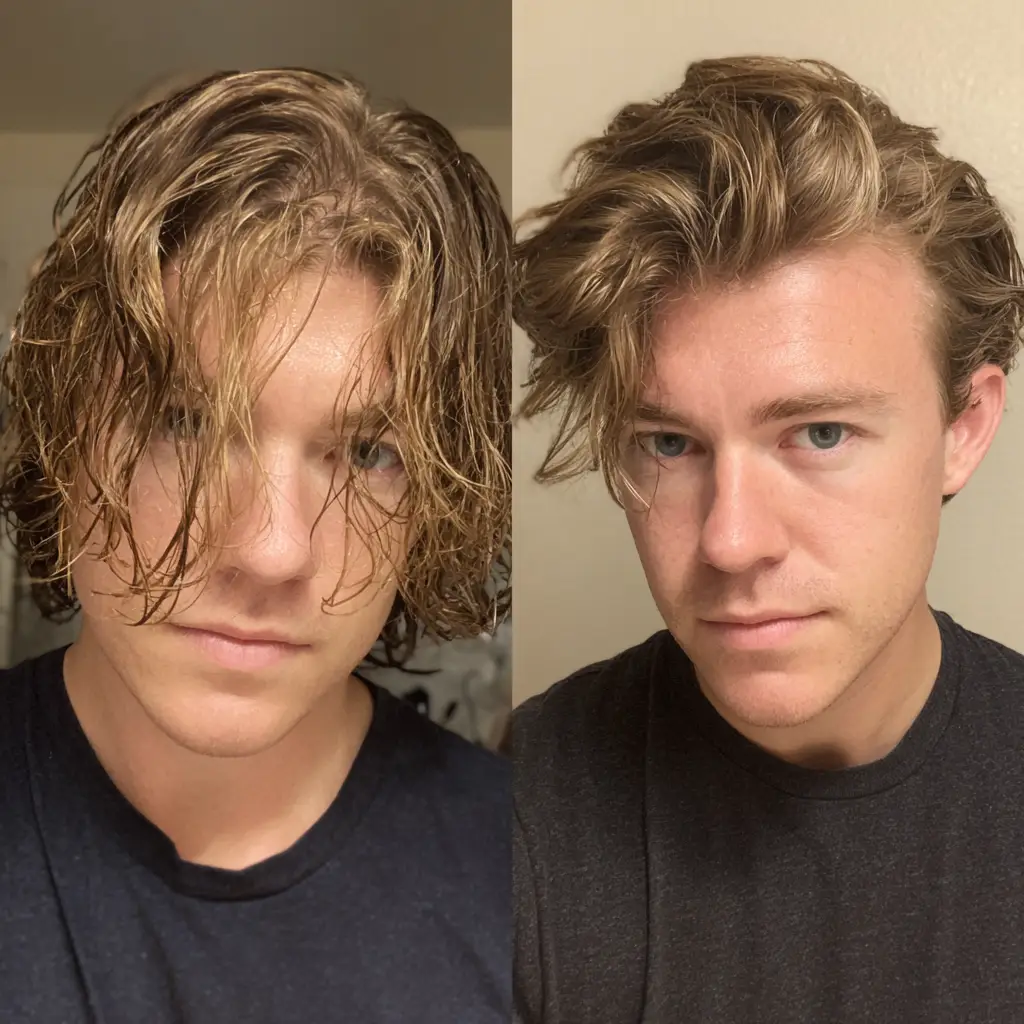
FAQs on Hair Care Routine
How often should I wash my hair?
The frequency depends on your hair type and lifestyle. Oily hair usually requires washing every 2 days, while dry hair may only need washing 2 times a week. If you exercise or sweat often, rinsing with water between washes can help.
Can natural oils replace conditioner?
Oils nourish and strengthen the scalp, but conditioners hydrate and smooth strands after washing. They work best when used together, not as substitutes.
Are hair masks necessary?
Yes. Hair masks provide deep treatment, especially for dry, damaged, or chemically treated hair. A weekly mask can restore softness and shine.
Does trimming make hair grow faster?
Trimming does not accelerate hair growth, but it prevents split ends from worsening, giving your hair a healthier and fuller appearance.
What’s the biggest mistake people make in hair care?
The most common mistakes include over-washing, skipping conditioner, and overusing heat styling tools. These habits strip away natural oils and weaken the hair over time.
Conclusion
Healthy hair is not about instant solutions or expensive treatments; it’s about consistent care and mindful habits. From eating the right foods to protecting your strands from heat and pollution, each step in your hair care routine contributes to long-term health. By combining natural practices like oiling and massaging with modern care like conditioning and using hair masks, you can achieve soft, strong, and radiant hair. The key is to remain patient, as true beauty comes with dedication and time.

